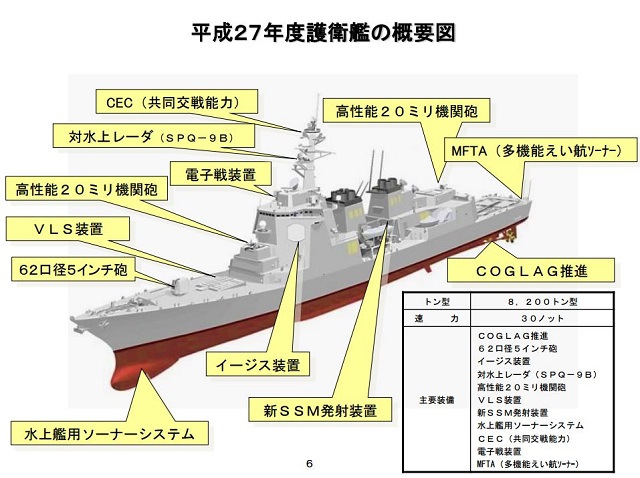Oldgateboatdriver
Army.ca Veteran
- Reaction score
- 2,231
- Points
- 1,010
Yes. FTI is 30% smaller than the FREMM, which is why for the ADD/command version it may not provide the same capability as a FREMM. And remember that the French themselves say that the FTI will only save you 20% on the cost of a FREMM. Considering how long we keep our warships in Canada, I would think that this 20% saving is not overwhelming, especially when you consider that, by definition, a 30% larger ship will give you that much more space for future weapons systems than a smaller one when mid-life upgrades come home to roost.
As of the Italian vs French version of FREMM, you have to keep in mind that they are proposing a design, which is the hull and machinery and general layout on the one hand, and the system integration on the other hand. This last aspect the combat systems integration may or may not be the one used on the French or Italian ships, but a different set altogether since we have Canadian requirements that are specific to ourselves. For instance, I think it very unlikely that Canada will want to switch the Aster family of anti-air missiles, which means that the most likely system will be a combination of standard missiles with Mk 41 launchers, rather than a combination of Aster 15/30 with the Sylver system. Similarly, our communications suites will likely be different. But the integration of systems can still be evolved from the French/Italian underlying system.
Given that, I think (no specific knowledge here, just gut feeling) that given similarly priced bids, the RCN would prefer the Italian FREMM's CODLAG giving 29+ knots of speed to the French CODLOG giving only 27+, especially since the Italian propulsion system configuration gives an extra 700-750 NM greater range at economical speed (of 15 KTS in each case).
As of the Italian vs French version of FREMM, you have to keep in mind that they are proposing a design, which is the hull and machinery and general layout on the one hand, and the system integration on the other hand. This last aspect the combat systems integration may or may not be the one used on the French or Italian ships, but a different set altogether since we have Canadian requirements that are specific to ourselves. For instance, I think it very unlikely that Canada will want to switch the Aster family of anti-air missiles, which means that the most likely system will be a combination of standard missiles with Mk 41 launchers, rather than a combination of Aster 15/30 with the Sylver system. Similarly, our communications suites will likely be different. But the integration of systems can still be evolved from the French/Italian underlying system.
Given that, I think (no specific knowledge here, just gut feeling) that given similarly priced bids, the RCN would prefer the Italian FREMM's CODLAG giving 29+ knots of speed to the French CODLOG giving only 27+, especially since the Italian propulsion system configuration gives an extra 700-750 NM greater range at economical speed (of 15 KTS in each case).



